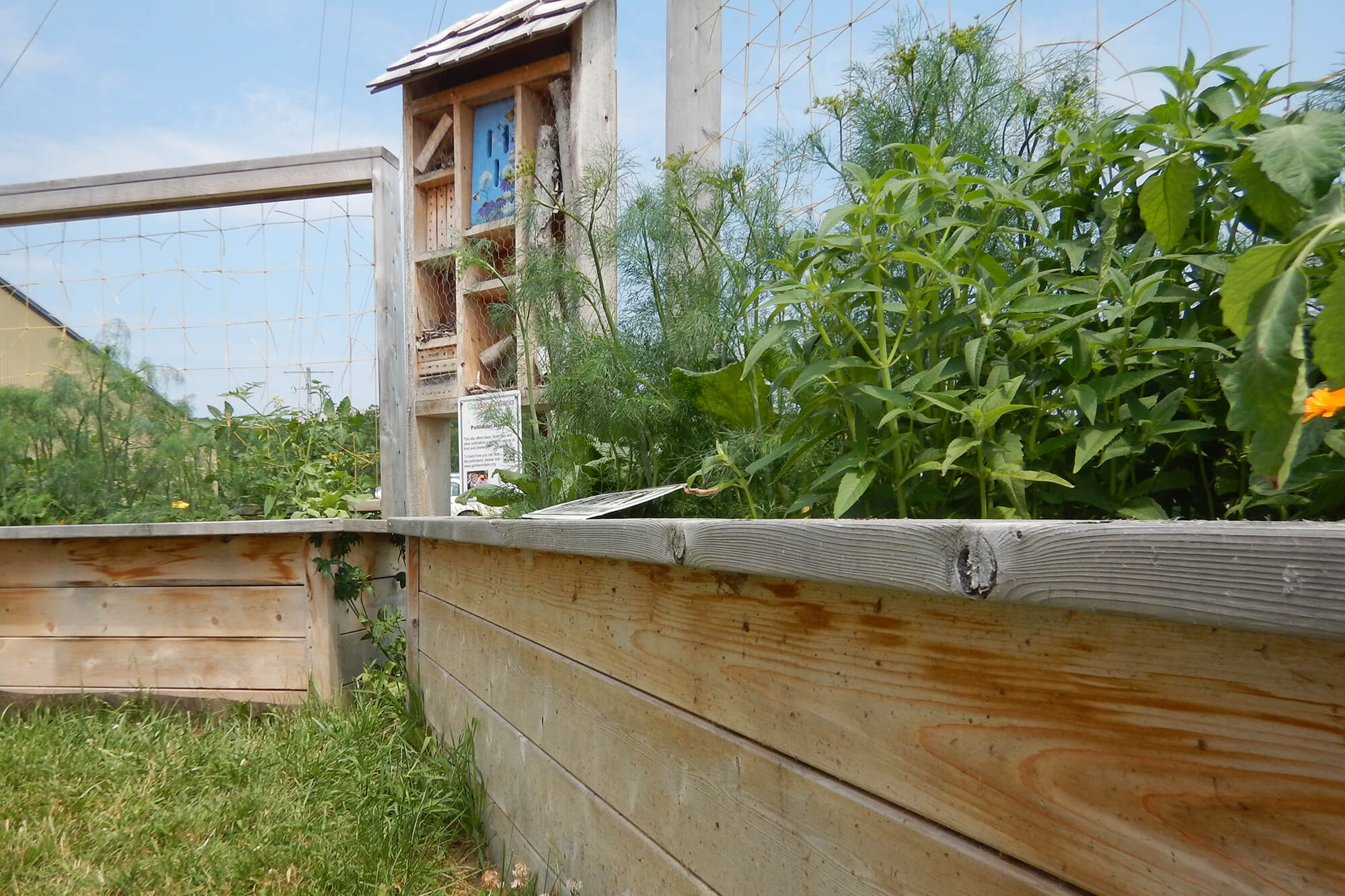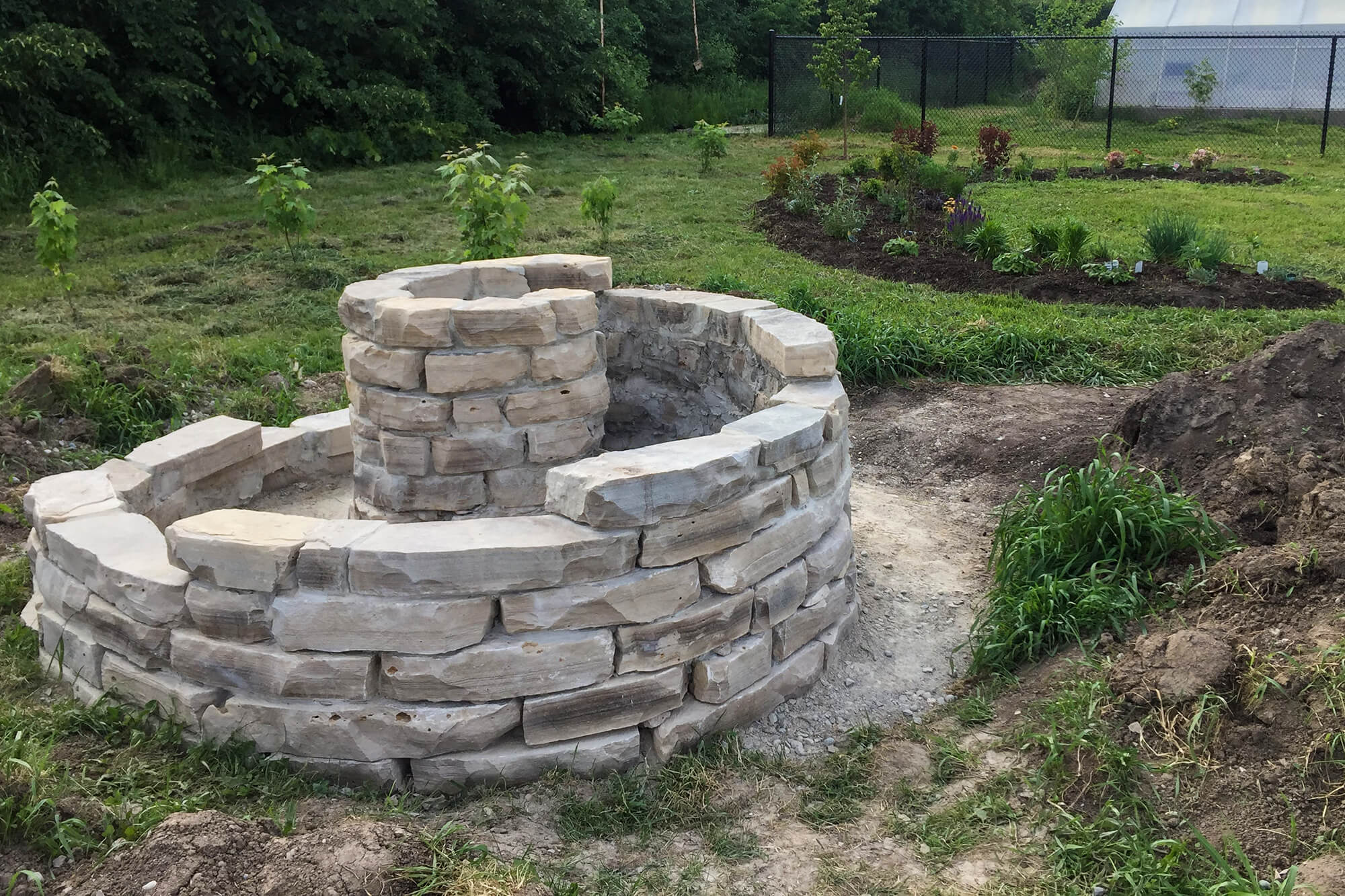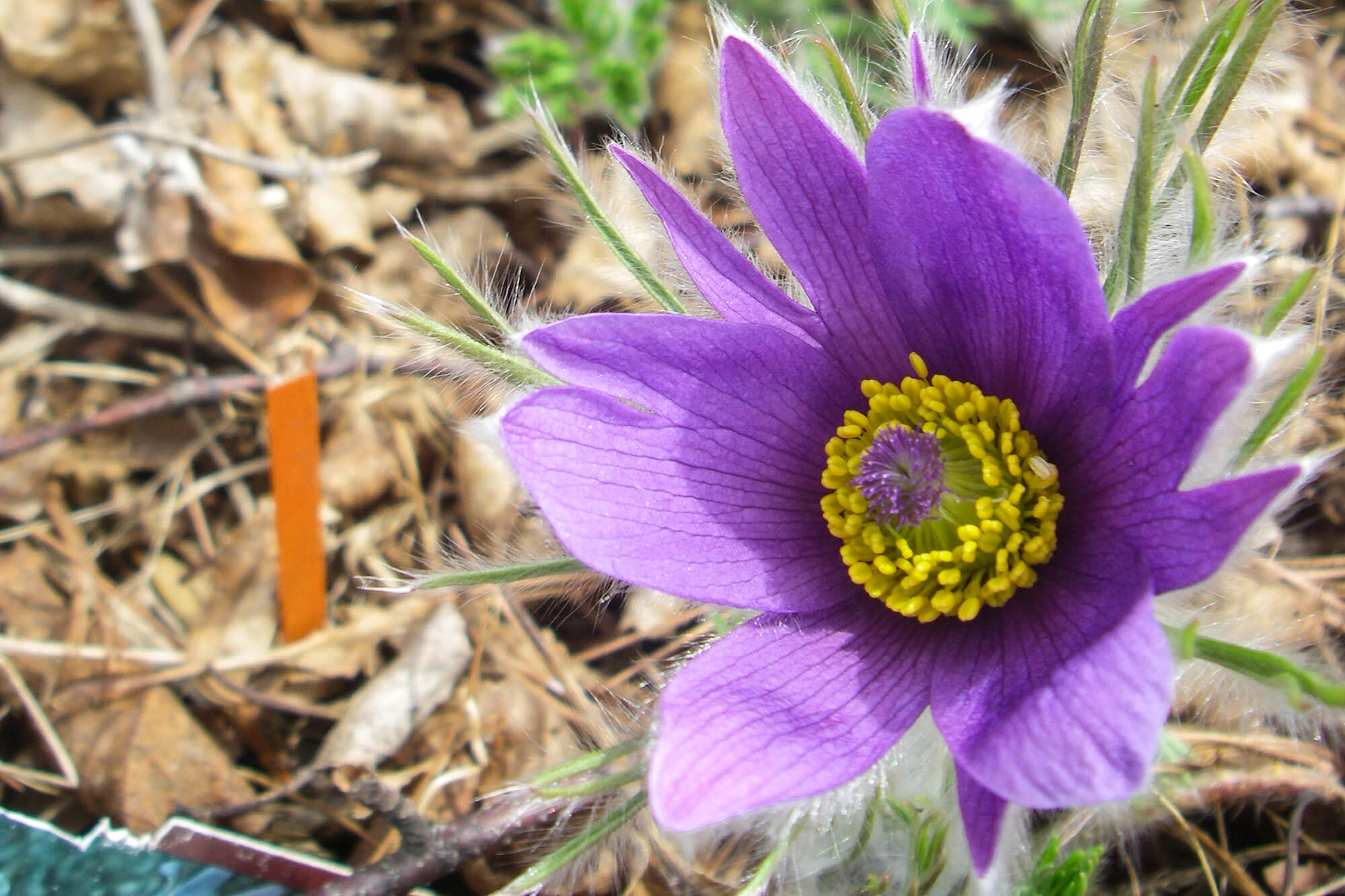December 1, 2019

Native plants are essential in supporting pollinators, but in many parts of Canada, regional variations are not commercially available.
Landscape wish list for 2020:
Pollinator success
Pros can make a real difference, plus satisfy client desires to help reverse declining populations
BY PAT KERR
Pollinator gardens are a growing fad — or perhaps a tidal wave of change — and they are increasing in popularity. The National Pollinator Garden Network reported 1,040,000 registered pollinator gardens in North America. In addition, 30 Canadian cities now identify themselves as pollinator cities. People who enjoy eating are figuring out that without native pollinators, grocery bills will climb. The challenge for landscape professionals: some customers want beauty, no maintenance and a feeling of being environmentally kind to pollinators, while others want to know what they are doing will work — and the two are not the same.
If your customer wants a feel-good approach to supporting pollinators, your job is simple. Plant bright colourful flowers, a native tree or two and feel good about pollinators. We have done this and pollinator numbers are in decline. It isn’t enough.
It’s been said, “Insanity is doing the same thing over and over expecting change.” If your customer will be checking or sending photos to a citizen science project, you have work to do. We have scientific evidence pollinator declines are real. Our past designs and ideas aren’t working for them. If we want pollinators in Canada, we need change. However, there is a ton we don’t know, including the complete cause of pollinator decline.
A factor in pollinators’ favour is their tiny size. This means the smallest balcony garden can benefit pollinators, while the largest garden, if not designed with their needs in mind, may be of little use.
Jennifer Marshman, a Ph.D. candidate in human geography at Wilfrid Laurier University, said, “The city can be a refuge for insect pollinators; the number and diversity of native bee species in cities tells us that cities can have high conservation value. Cities don’t necessarily support MORE bees, but they do seem to support a greater diversity of bees. It is important to improve conservation efforts in cities.”
Pollinators, like all living things, need food, water and shelter. Many pollinators satisfy their need for moisture from nectar so this is covered at the same time as food.
 An educational pollinator garden in Desbarats, Ont., demonstrates gardens need not be large or exotic to protect pollinators.
An educational pollinator garden in Desbarats, Ont., demonstrates gardens need not be large or exotic to protect pollinators.
Here in Canada, we have literally thousands of pollinators, and the needs break down to specific plants. The monarch needs milkweed, and not the tropical milkweed often retailed. Skippers (tiny butterflies with monarch colouring) need timothy grass. No matter how large or grand a property, choices must be made. No property can support all our pollinators, but any native plant is likely to support at least one pollinator species, and any native tree is likely to support hundreds.
Lately, the fad is to protect monarch butterflies. Some research shows that tropical milkweed, Asclepias curassavica, can actually harm monarchs by confusing their migration — unless you are in the Caribbean. When it comes to supporting insects, tiny details matter. Like the exact host plant. Our milkweed differs across Canada, and we don’t know if there is a difference to the butterflies, but assume in eastern Canada you should stick with eastern strains like common milkweed, Asclepias syriaca; butterflyweed, Asclepias tuberosa; or swamp milkweed, Asclepias incarnate. In B.C., showy milkweed, Asclepias speciose, is a better choice. We have 12 native milkweeds in Canada.
If matching exact native plants to specific pollinators seems like a huge headache, there is good news: if you plant any native tree, shrub or plant, you will help some pollinator, even if you don’t know exactly which one. We don’t have a lot of research at this time on nativars, or native plants bred and propagated for gardens, it is generally believed they are better than exotics, but far from perfect. This makes the job of landscaping for pollinators really tough. Sources for true native plants are non-existent in many areas, and moving them from wild areas is wrong.
It seems obvious, but in the pollinator garden I care for, I repeat to our guests over and over, that dill and borage, like the timothy grass for skippers, is larvae food. It is only doing its job if larvae eat it. They are not pretty, showplace plants. To be effective, they cannot be sprayed with natural or synthetic pesticide. You can’t pick the larvae and dump them in soapy water.
Butterfly larvae, like all larvae, make holes in leaves, poop and leave ragged plants. Fritillary butterfly larvae eat violets; marble wings eat either conifers, wild cabbage or mustard. Swallowtail larvae will eat blueberry and carrot family sagebrush. If your customers want to support butterflies, they must both provide the correct host plant for larvae food and accept ragged plants.
When it comes to bees, host plants are high-nectar plants, the same plants that support adult butterflies. But nothing about caring for insects is simple. They also need a place to live and breed and as people tend to not like being stung, they need places that are safe for humans. Almost 80 per cent of our native bees live in, or on, the ground. They choose places like abandoned chipmunk holes and leaf litter. If the garden is manicured and “clean,” there is nowhere for bees to nest.
Seeds of Diversity and Wilfred Laurier University use a spiral garden design. You can make these in any shape or style, but the idea is to have graduated heights and lots of crevices for insect housing. Since many insects drown if submerged in a rainstorm, the goal is to elevate housing sites, providing varied levels of dryness that are attractive to beneficial insects. Spiral gardens are planted with drought tolerant plants like herbs, leaving large empty spaces between the plants for ground nesting. Yes, this means hand weeding is necessary.
We have only a small amount of data for bee hotels. These are usually wooden structures designed to support the 20 per cent of our bees that nest in straw-like structures. In a survey of 600 bee hotels in Toronto, introduced bees nested at 32.9 per cent of sites and represented 24.6 per cent of the bees using the hotels. Native bees were parasitized more than introduced bees. Native wasps occupied three-fourths of all bee hotels. And introduced wasps were the only group to significantly increase in relative abundance year over year.
Native wasps are garden workers that consume pests, so they are beneficial in a pollinator garden. But they have a reputation as stingers. The bigger problem with bee hotels is they can become habitat for diseases and parasites. This can increase mortality for pollinators the land owner wants to protect. Any time a species is encouraged to live close together, disease transfer is supported.
Location is always priority when it comes to real estate, for both humans and bees. Shady spots favour wasp boarders. When the southeast morning sun strikes a hotel, it is more attractive to bees, as they like morning warmth before starting work.
A British study done this year found that female bumble bees emerging in spring will travel long distances, spending each night in leaf litter. They use trees for direction and tree blossoms for their first food of the season. The obvious response is, we need early-blooming trees like maple, willow and elm. We also need leaf litter, or a property is not truly protecting pollinators.
Seeds of Diversity has a suggestion to help with the “messy” areas needed by pollinators. They call it a fedge — again, it can be any shape or size. The example they are testing is a border garden, dominated by native trees and plants, but it also includes apple trees and squash plants because their goal is to increase pollination to a community food garden. Unlike a traditional hedge, plant choices are native and diverse. Most important, the ground is not cleaned; leaf litter is allowed to compost naturally, providing nesting sites and habitat for insects.
Not every part of every garden must be pollinator friendly. Like child play areas, decks, walking trails or water gardens, pollinator gardens can be part of a design, or the focus of a property. The hard part is determining if the customer wants to feel good, or be good to pollinators.
Pat Kerr is an Ontario-based freelance writer.



